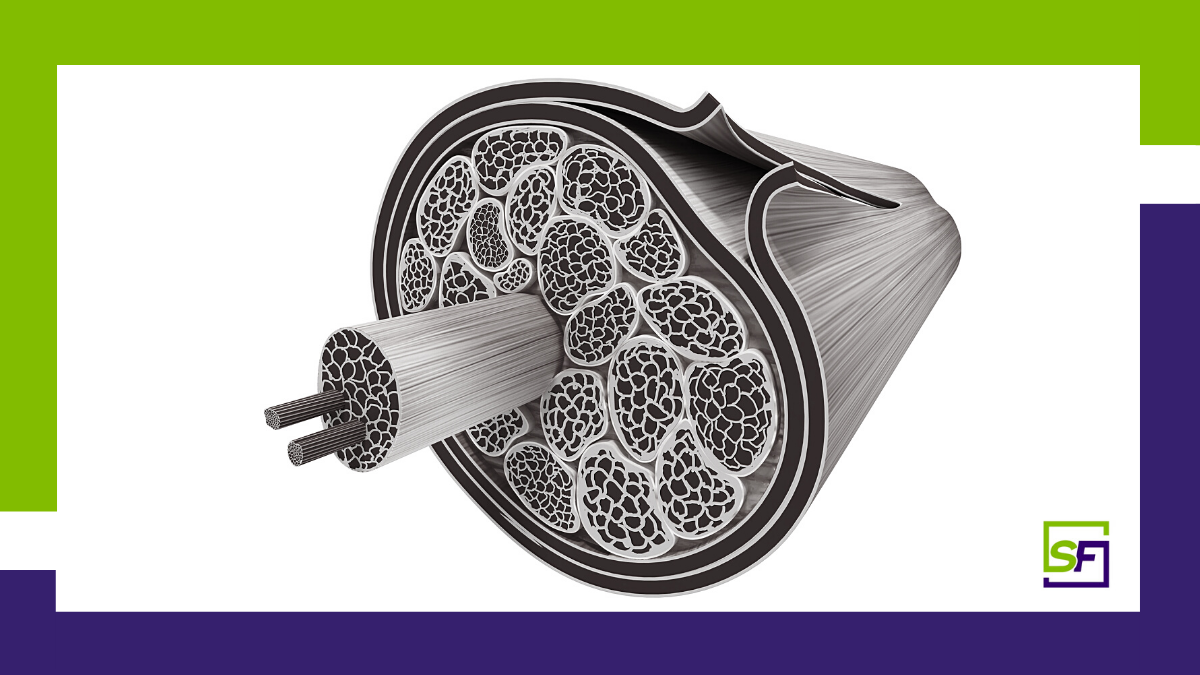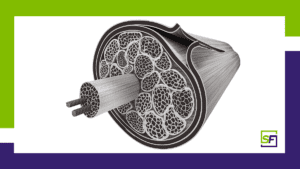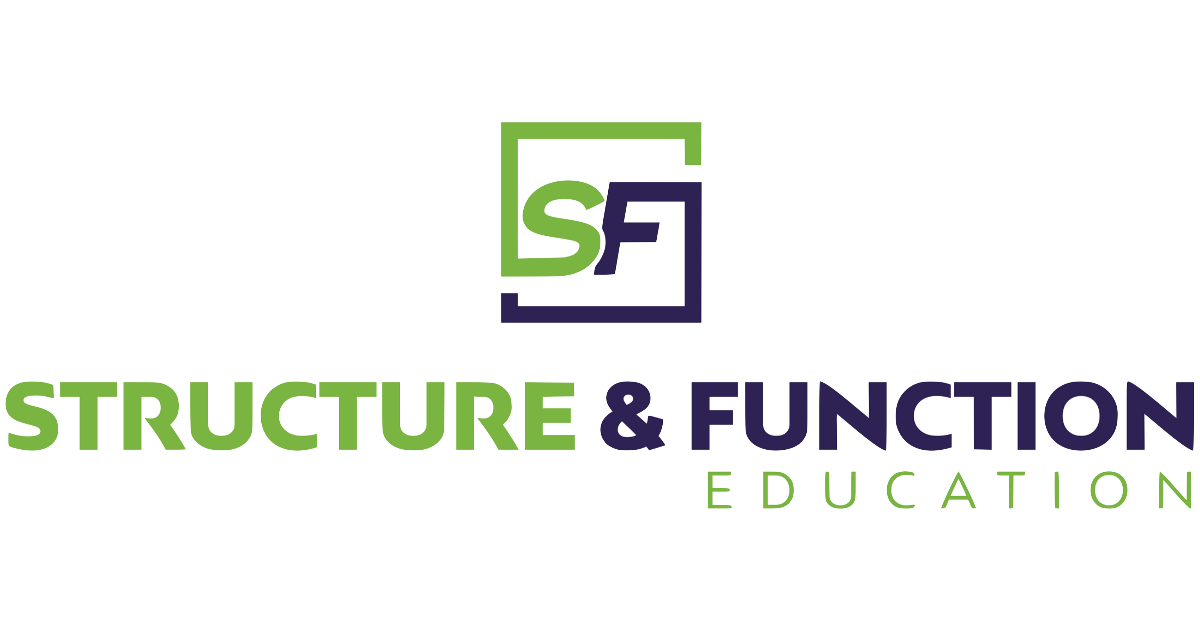
Understanding the Fascial System
Who is this course for?
In the course “Understanding the Fascial System” will provide practitioners with a fundamental understanding of the fascia and how it can be manipulated for improved therapeutic and performance outcomes. Clinical practice is elevated by understanding the recent literature surrounding fascia so the patient can achieve improved rehabilitation and performance outcomes.
Rehabilitation and performance practitioners should take this course if they would like to learn the fundamental understanding of fascial organization and physiology, research, and clinical applications to improve the rehabilitation and performance outcomes of their patients and clients. Clinical practice is impacted by the manipulation of the myofascial unit, providing practitioners with a tool for better rehabilitation and performance outcomes
As a therapist…
Are you dealing with patients that experience movement dysfunction and pain? Do you have patients that are not responding to traditional treatment modalities? Learn how myofascial dysfunction impacts movement and pain as well as the evidence on treating these myofascial dysfunctions.
Do you have clients who have mobility issues and ROM restrictions? Learn how fascia may be the source of the problem and explore the evidence on treating these myofascial units for therapeutic purposes.
Are you dealing with patients who experience pain and movement dysfunction?
Do you have clients who have low back or neck pain? Learn how the fascial may be the cause. Learn the evidence on how fascial dysfunction relates to pain.
Do you have clients who have mobility issues and ROM restrictions? Learn how fascia is integral for coordinating movement. Learn the evidence on how fascial dysfunction can result in movement dysfunction.
Do you generally get great results with movement dysfunction, however…
- Have you had that patient that just doesn’t seem to be responding to your current techniques?
- Have you used several approaches with little or no consistent outcomes for these patients?
- Have you found that you have patients with persistent pain that you just can’t find the cause?
Learn about…
- How the fascia and its innervation is critical for coordinating movement.
- How fascial dysfunction can generate pain.
- Tensegrity and how the fascia provides the basis for proper movement.
This course is for you if you are you looking to…
Understand fascial organization and structure, Module 1 is for you.
Understand how the fascial innervation drives motor function, Module 2 is for you.
Learn about tensegrity theory and its application to human movement, Module 3 is for you.
Learn about fascial dysfunction and how it relates to pain, Module 4 & 5 are for you.
Your instructors Brian Hortz will discuss…
- Fascial organization and structure.
- Fascial innervation and movement coordination.
- Fascia and tensegrity.
- Fascial dysfunction and how it relates to pain.
Do you need CEU credits but can’t find the time to go to a class
Let online education help you out!
Learn at your own pace, in your ideal environment!
You’re a busy professional. You need to balance your career, home life and find time to continue your education.
As long as you have Internet access you can access the course from anywhere.
Advance your career in areas of focused study, geared towards your personal learning goals.
Becoming an expert takes time. It takes continuous study and practice. When you gain knowledge you are advancing your professional career. Online learning gives you the opportunity to focus on the skills you need.
Topics that you enjoy.
Select topics that interest you. Topics that you find fascinating. Online distance learning allows you to find topics that might not be available locally.
Learn at your own pace.
Everyone has their own rhythm. Some people only need to hear a lecture once and take perfect notes, while others might need to listen more than once. Online learning gives you the option to repeat a lecture for maximum affect.
Are there Continuing Education Units (CEU)?
Athletic Trainers:
Structure and Function Education (BOC AP# P10069) is approved by the Board of Certification, Inc. to provide continuing education to Athletic Trainers. This program is approved for a maximum of 3.0 EBP and 1.0 Category A CEUs credits. ATs should claim only those hours actually spent in the educational program.
Physical Therapists:
Texas Physical Therapy Association is pending approval of 5.0 CCU’s.
Chiropractors:
Structure and Function Education is a PACE Recognized Provider. This course is designated for 5 Continuing Education Units.
PACE is a division of the Federation of Chiropractic Licensing Boards, and serves Alabama, Alaska, Arizona, Connecticut, District of Columbia, Georgia, Idaho, Indiana, Iowa, Kansas, Louisiana, Maine, Maryland, Massachusetts, Minnesota, Montana, Nebraska, Nevada, New Jersey, New Mexico, North Carolina, North Dakota, Oklahoma, Ohio, Oregon, Rhode Island, South Carolina, South Dakota, Tennessee, Texas, Utah, Vermont, Virginia, Washington and Wyoming
Full Course description
What will you learn as a student in this Course?
- The organization of anatomic layers of fascia
- Differences in the superficial and deep fascia
- How fascial structure relates to movement
- Proprioceptive and motor sensations from fascial structures
- How fascia aids in the coordination of movement
- Principles of Tensegrity and how this leads to fascial dysfunction and changes in the organism
- Fascial Viscoelasticity
- Hyaluronan and its role in viscoelasticity
- Fascial thickness and fascial dysfunction
- Young’s modulus changes in fascia
What’s included in this course?
- “5” lessons including, “2” hours of video
- A complete downloadable transcript for you to follow along.
- “8” article readings
- Course Completion quiz
Reading materials
All reading materials are downloaded through PubMed free PMC.
- Benjamin M. The fascia of the limbs and back–a review. J Anat. 2009;214(1):1‐18. doi:10.1111/j.1469-7580.2008.01011.x
- Garofolini A, Svanera D. Fascial organisation of motor synergies: a hypothesis. Eur J Transl Myol. 2019;29(3):8313. Published 2019 Aug 8. doi:10.4081/ejtm.2019.8313
- Bordoni B, Varacallo MA, Morabito B, Simonelli M. Biotensegrity or Fascintegrity?. Cureus. 2019;11(6):e4819. Published 2019 Jun 3. doi:10.7759/cureus.4819
- Swanson RL. Biotensegrity: A Unifying Theory of Biological Architecture With Applications to Osteopathic Practice, Education, and Research—A Review and Analysis. J Am Osteopath Assoc 2013;113(1):34–52.
- Cowman MK, Schmidt TA, Raghavan P, Stecco A. Viscoelastic Properties of Hyaluronan in Physiological Conditions. F1000Res. 2015;4:622. Published 2015 Aug 25. doi:10.12688/f1000research.6885.1
- Casato G, Stecco C, Busin R. Role of fasciae in nonspecific low back pain. Eur J Transl Myol. 2019;29(3):8330. Published 2019 Aug 6. doi:10.4081/ejtm.2019.8330
- Wilke J, Schleip R, Klingler W, Stecco C. The Lumbodorsal Fascia as a Potential Source of Low Back Pain: A Narrative Review. Biomed Res Int. 2017;2017:5349620. doi:10.1155/2017/5349620
- Reduced thoracolumbar fascia shear strain in human chronic low back pain.
- Langevin HM, Fox JR, Koptiuch C, et al. Reduced thoracolumbar fascia shear strain in human chronic low back pain. BMC Musculoskelet Disord. 2011;12:203. Published 2011 Sep 19. doi:10.1186/1471-2474-12-203
- Stecco C, Corradin M, Macchi V, et al. Plantar fascia anatomy and its relationship with Achilles tendon and paratenon. J Anat. 2013;223(6):665–676. doi:10.1111/joa.12111
Register Now for this course
Meet Your Instructor(s)
Pricing Information
Monthly Subscription
$ 19.99 Monthly- Total cost $240 per year.
- 3-day free trial!
- Monthly membership.
- Cancel any time!
- Access to all online classes!
- Access to class discussions.
- Access to the subscriber only community.
- Live Q&A sessions with Sue, Brian and other S&F Education instructors.
Annual Subscription
$ 199.00 Annually- Save $40 over the monthly cost
- 3-day free trial!
- Yearly membership.
- Cancel any time!
- Access to all online classes!
- Access to class discussions.
- Access to the subscriber only community.
- Live Q&A sessions with Sue, Brian and other S&F Education instructors.
Satisfaction Guarantee
If you aren’t satisfied with the course within the first 30 days after your first payment but before you have taken the final exam, you can get a refund. We’ll cancel the course immediately upon your refund request and issue the refund to your credit card though our processor Stripe.
Frequently Asked Questions
How is the course delivered?
The course is a series of video lectures and readings. The student is allowed to proceed at their own pace. The is an exam at then end that the student needs to pass.
How soon can I use the techniques learned in my practice?
You can use it immediately after passing the exam.
How long do I have access to the course?
You will have full access to the course for 6 months starting on the date of purchase.
P.S.
If you want to help with managing movement dysfunctions and pain then this course is for you.
Understanding the Fascial System

The Understanding the Fascial System course will provide practitioners with a fundamental understanding of the fascia tissue and how it can be manipulated for improved therapeutic and performance outcomes. Excellent start to learn the fundamental understanding of fascial organization and physiology, research, and clinical applications to improve the rehabilitation and performance outcomes in patients and clients.
Course Provider: Organization
Course Provider Name: Structure & Function Education
Course Provider URL: https://structureandfunction.net/online-courses/understanding-the-fascial-system/
Course Mode: Online
Course Workload: PT5H
Duration: PT5H
Repeat Count: 1
Repeat Frequency: Daily
Course Type: Paid
Course Currency: USD
5


